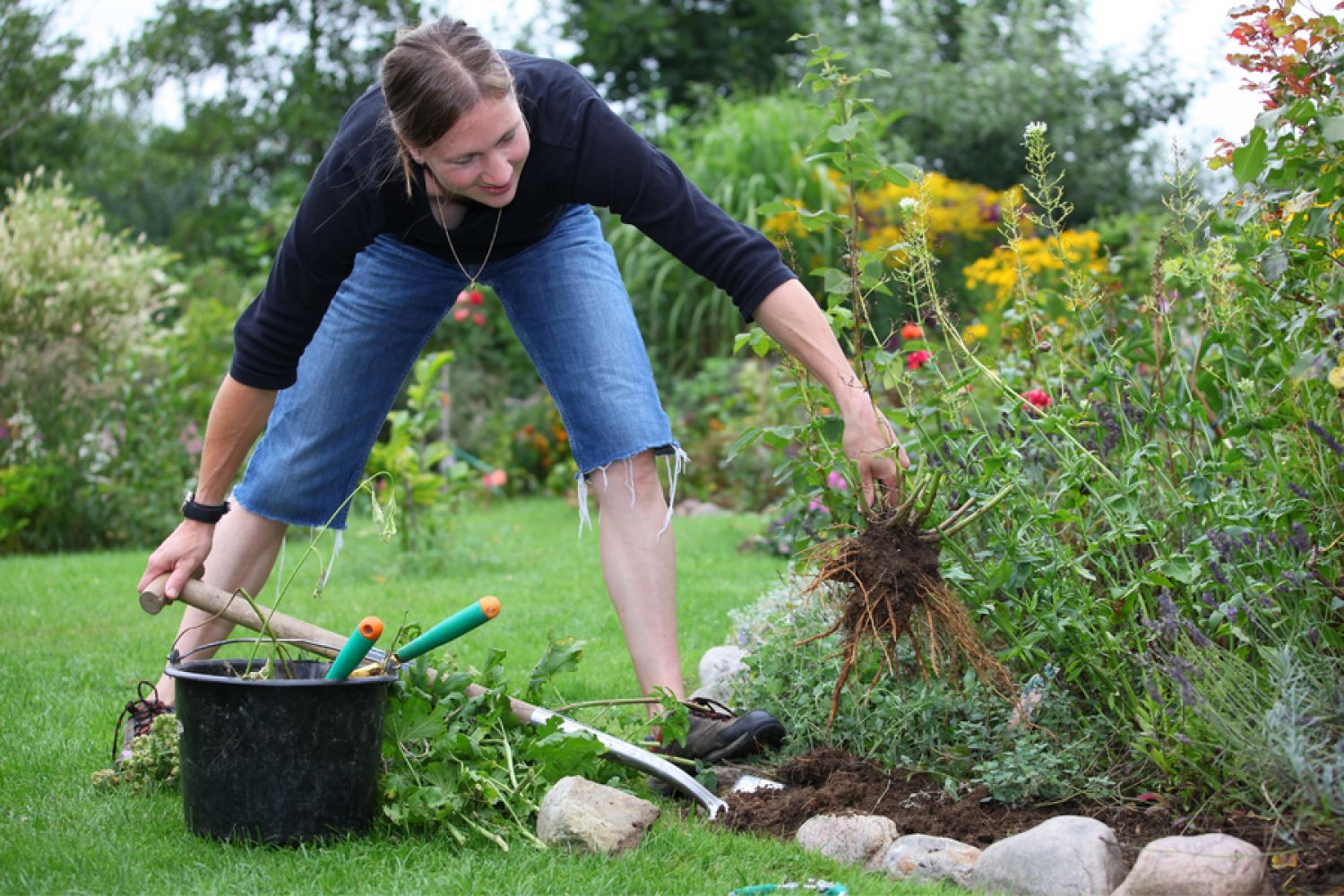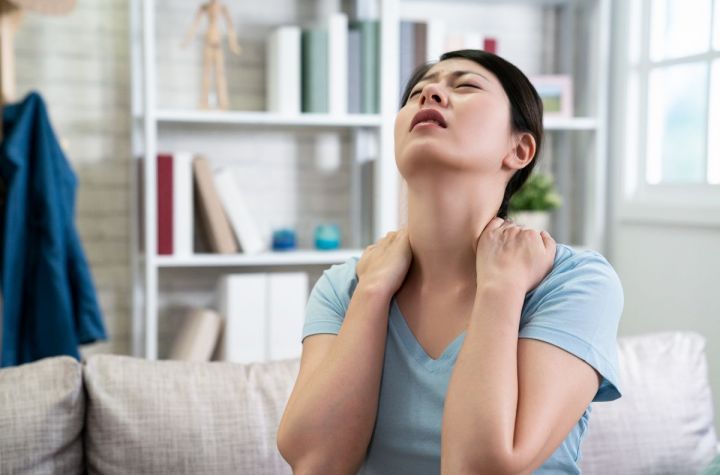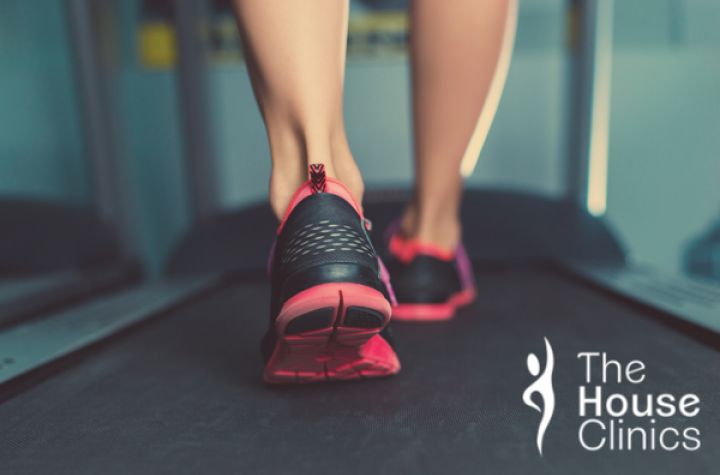How to prevent back pain while gardening: 5 simple steps
Spring is here at last (well almost!) and many of us will be enjoying getting back into the garden again. Exercising our green fingers is a great way to get closer to nature, enjoy a little peace and relax our minds. But what we sometimes forget, is that gardening can be strenuous exercise too.
During the summer months, we see a big increase in the number of patients at The House Clinics, suffering from lower back pain because they've been out in their gardens.
That's why we've come up with this guide: to help you enjoy your garden but be mindful of the ways in which you can look after your back.
Check out our video tips by Chiropractor, Chris Julian, or read our full guide below:
1. Prepare your body for gardening by doing a little warm-up
2. Strengthening your core will help protect your back
3. Avoid back injury by paying attention to how you bend and lift
4. Using specialised gardening tools can make a big difference
5. Take regular breaks and stretch
#1. Prepare your body for gardening by doing a little warm-up
To avoid back pain developing while you garden, warm up first. It's easy to think of gardening as something sedentary and relaxing, but in one session you will put your body through a wide range of movements including standing, leaning, stretching, crouching, twisting, digging, and lifting - so that's a full bodywork! You'll be using many different muscles and joints and it's important to recognize that you need to prepare your body in the same way you would if you were about to go out for a run or play tennis.
Do some stretching and simple exercises to warm up your core, back, shoulders, arms, and legs...
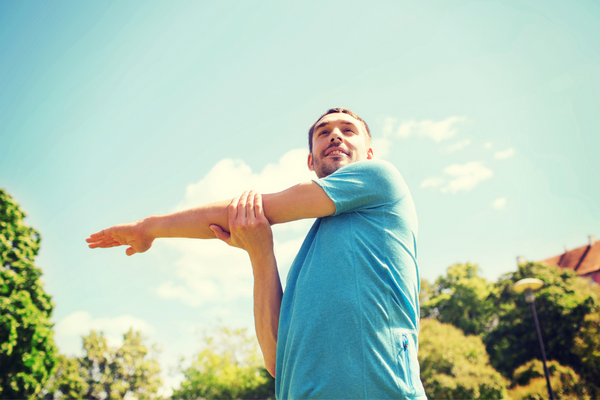
-
Start with simple roll-down and ups, to loosen up the spine. Don't force it, but standing up with feet hip-distance apart, aim to roll down through each vertebra and reach your fingers to your toes. Roll back up slowly and repeat 5 times. This is a great exercise before and after gardening to loosen up and ease back pain.
-
Next, stretch your waist and core muscles by reaching your hands above your head. With feet hip distance apart, grab your right wrist with your left hand and stretch/bend over to the left side. Hold for 20 seconds. On each out-breath, stretch a little more, and on each in-breath release a little. Repeat on your right side.
-
Now stretch your shoulders and upper arms. Stand up and cross your right arm over your chest, grasping it just above the elbow with your left hand. You'll feel a great stretch and should hold this for 20 seconds, taking deep breaths, before repeating it on the other side.
-
Squats are a great way to strengthen your legs and buttock muscles, which will help to take some of the load off your back when gardening. Aim to do about 10 to 12 simple squats and if you're not sure how to do one correctly, check out this helpful video here.
#2. Strengthening your core will help protect your back
While a warm-up will help your body prepare for the demands of gardening, the best way to avoid injury and back pain, in the long run, is to strengthen your core (the group of muscles around your midsection which help protect and keep your spine stable). Core exercises should involve the major muscles in your abdomen, including your internal and external obliques and the transverse abdominals.
A strong core will especially prepare your body for the more rigorous demands of gardening such as digging, lifting, and carrying.
Pilates and Yoga are great ways to strengthen your core. There are many helpful DVDs, free videos to access on youtube, or public classes available. Or you can ask one of our Chiropractors for guidance on simple core-strengthening exercises (this is part of your treatment here at the clinic).
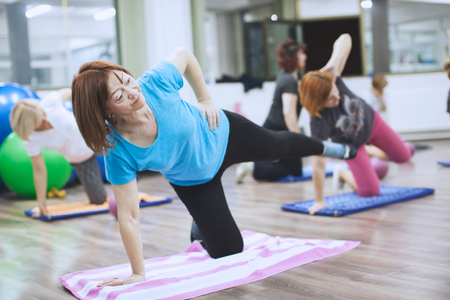
#3. Avoid back injury by paying attention to how you bend and lift
Whether it's a bag of compost or garden waste, or moving plant pots, be mindful of how you lift and carry things while you garden... a high percentage of back pain is directly related to carrying something heavy! And while bending over to do the groundwork, think about your position.
-
Always lift from a crouching position with your legs bent at the knees and your back straight.
-
Carry heavier items low down and pressed against your body so that there is less leverage on your back.
-
Instead of crouching down or bending over, which will force your spine into an unnatural position, aim to kneel down. You can use a soft gardening mat for comfort. Have one knee down on the ground and the other raised up, and switch sides regularly to alleviate any pressure. Try to maintain the natural curvature of your spine.
-
Use a wheelbarrow where you can, to carry loads more safely.
-
If something like a watering can or bag of garden waste is heavy, only fill it up halfway and do multiple trips rather than risk straining your back.
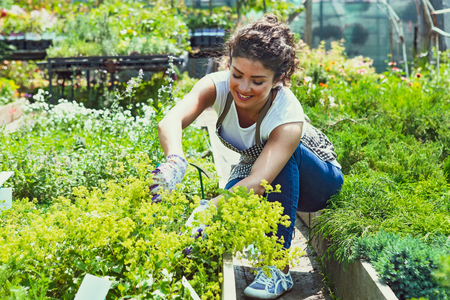
#4. Using specialised gardening tools can make a big difference
You can prevent back pain while gardening by using specialist tools designed to take the strain off your body.
-
Wheelbarrows and wheeled garden waste carts can make loading and unloading garden debris much easier, and enable you to transport compost or plant pots more safely.
-
Long-handled tools can make weeding, trimming, and even picking up garden waste much easier on your back, avoiding the need to stretch or bend over repeatedly.
-
You can also get support from garden kneelers as many of them are designed with special handles to assist you when getting up and down. Some of them convert into low stools as well which eliminates the need to crouch or bend down.
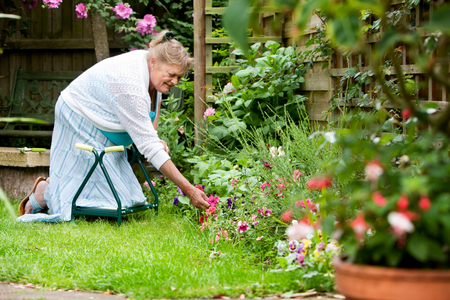
#5. Take Regular Breaks and Stretch
And finally, it's important to take regular breaks if you want to avoid back pain after gardening. It's easy to get carried away and so immersed in tasks like weeding or trimming, that you forget to take a rest. Try setting a timer on your phone or watch and aim to take a break every 30 mins or so. Have a cup of tea or simply walk around and stretch for 5 minutes.
And once you've finished for the day, take 10 minutes to stretch the muscles in your neck, shoulders, arms, back, and legs. Stretching after any strenuous physical activity is proven to help muscles recover and repair.
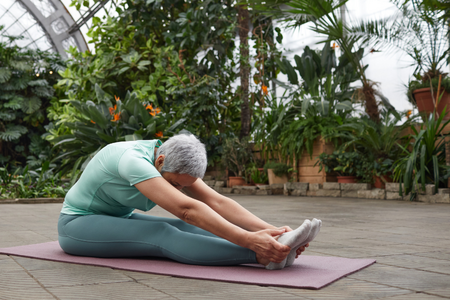
If you need any advice on gardening-related aches and pains, we can help
Chiropractors specialise in the diagnosis and treatment of back pain. They can advise you on your posture, prescribe an exercise programme to strengthen your back, and help you to continue doing the things you love.
Contact us here at The House Clinics, or call 0117 942 0200 to speak to one of our patient care team.
.png)

